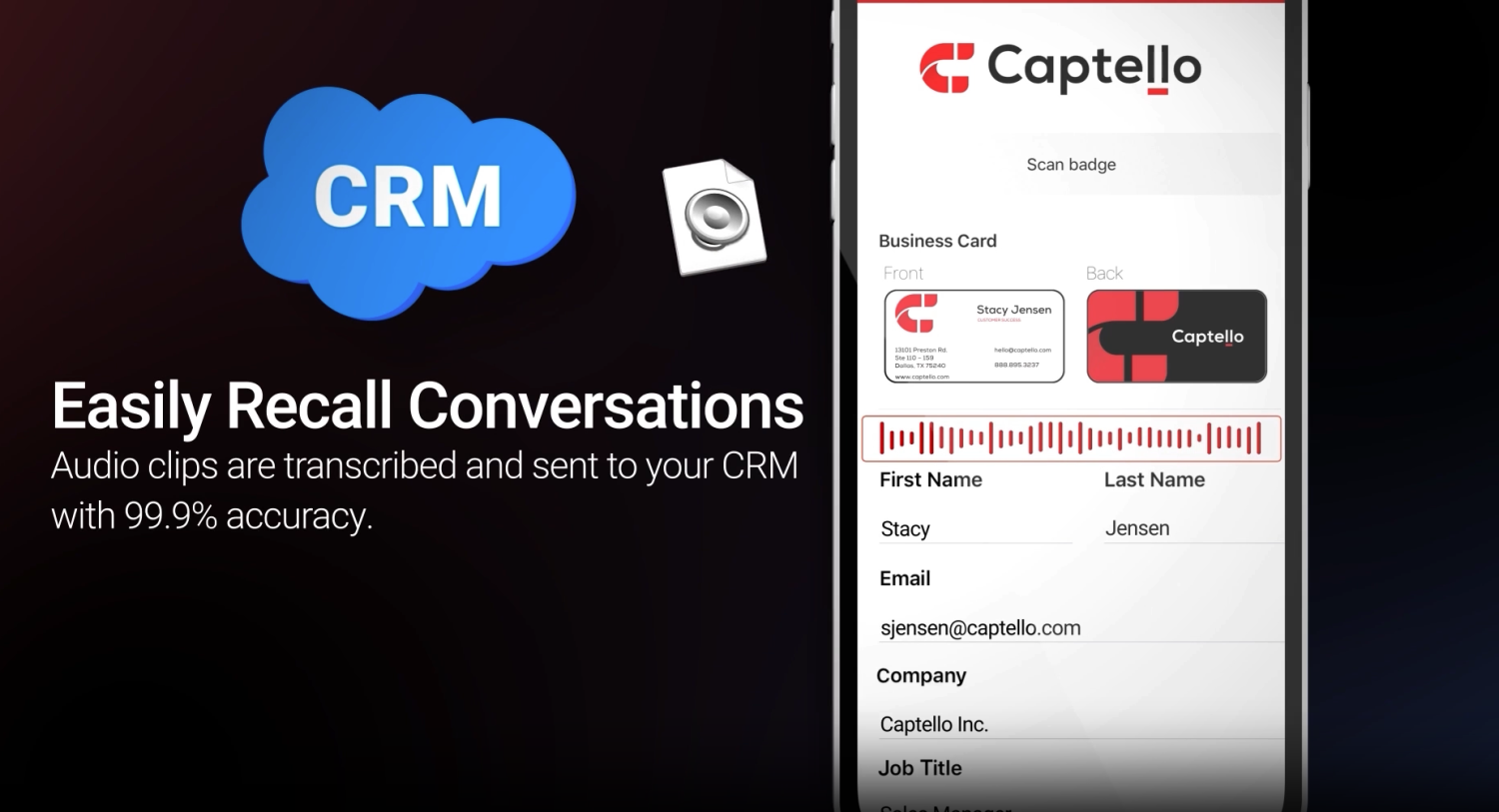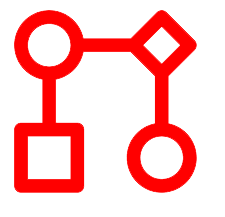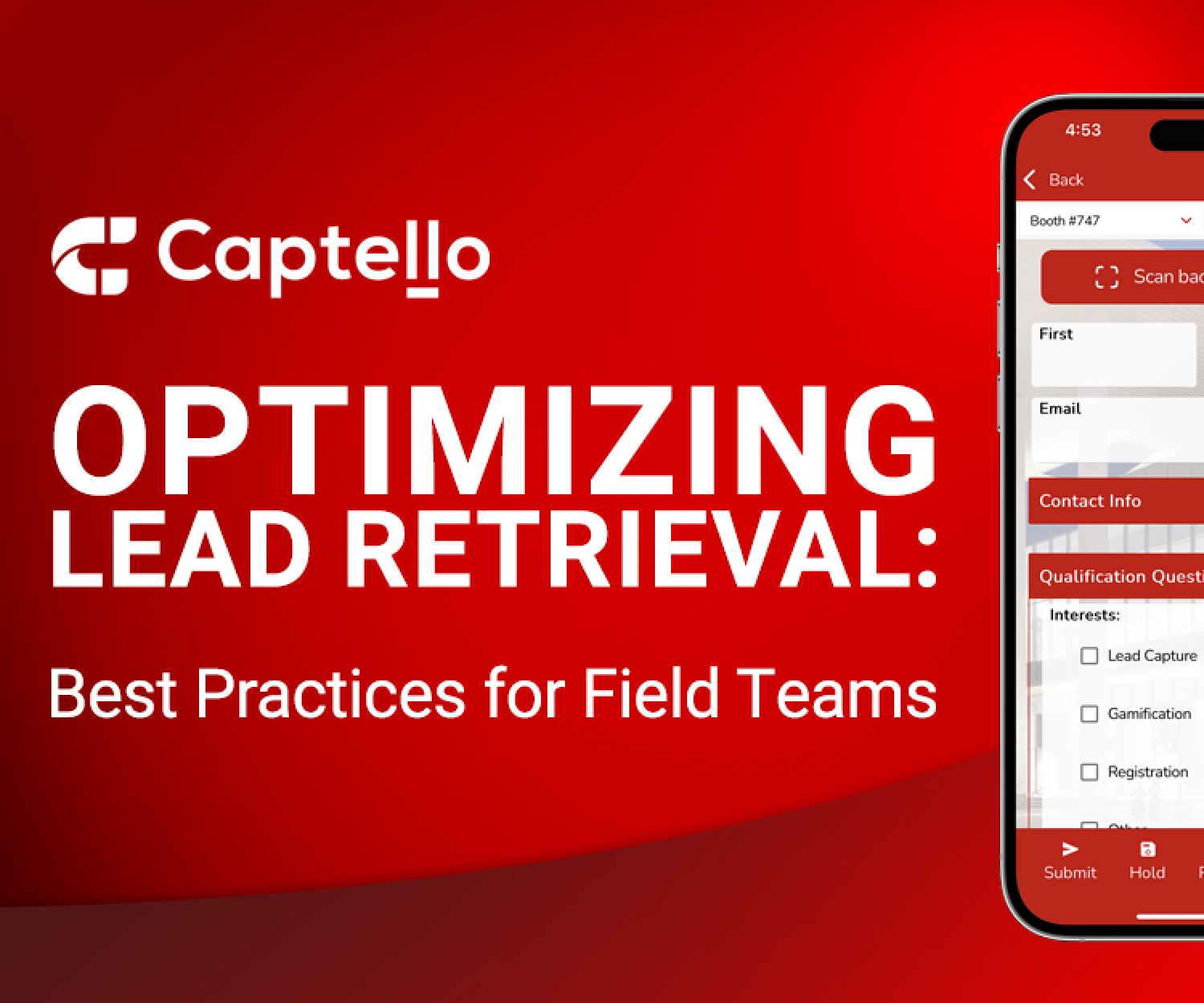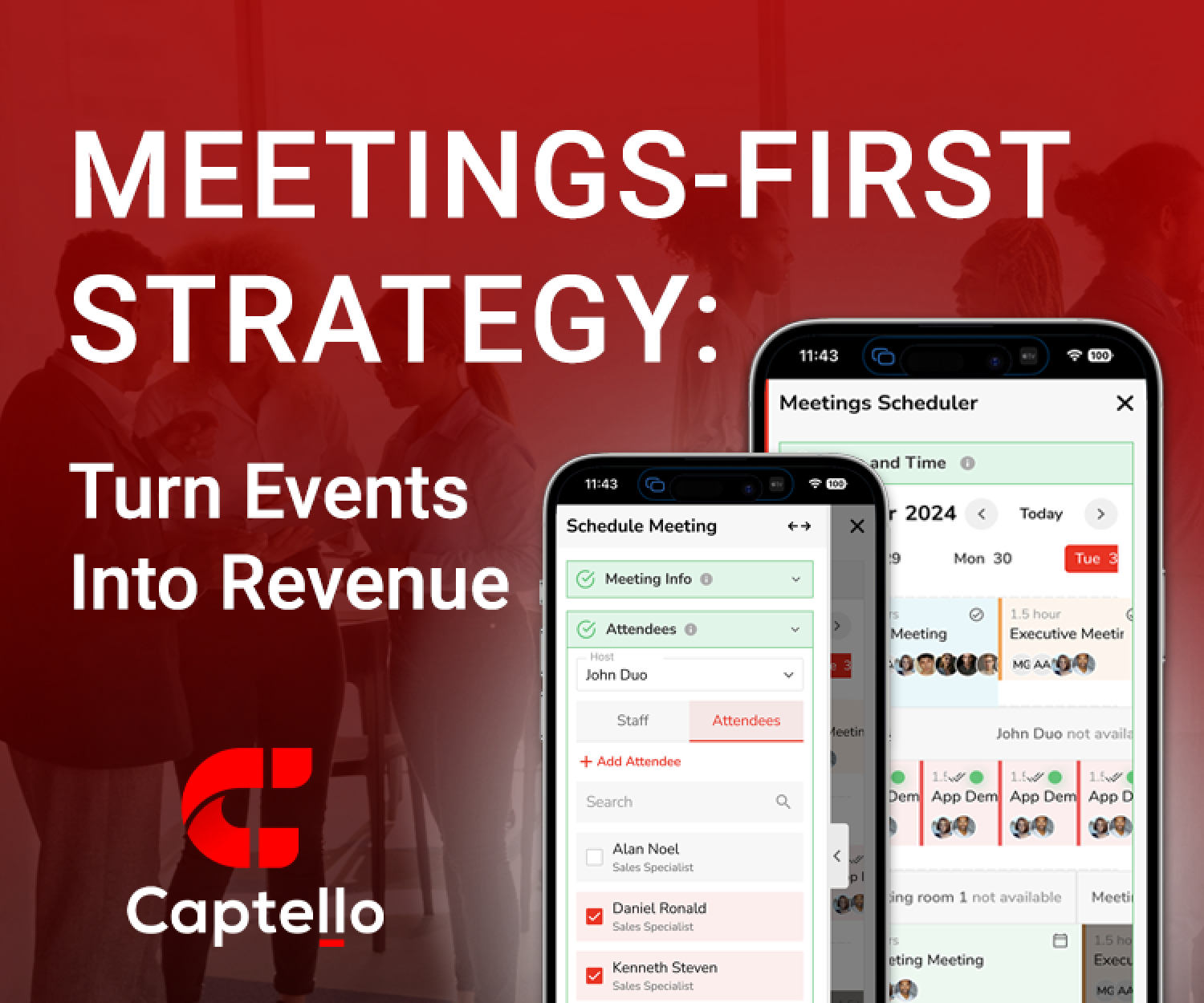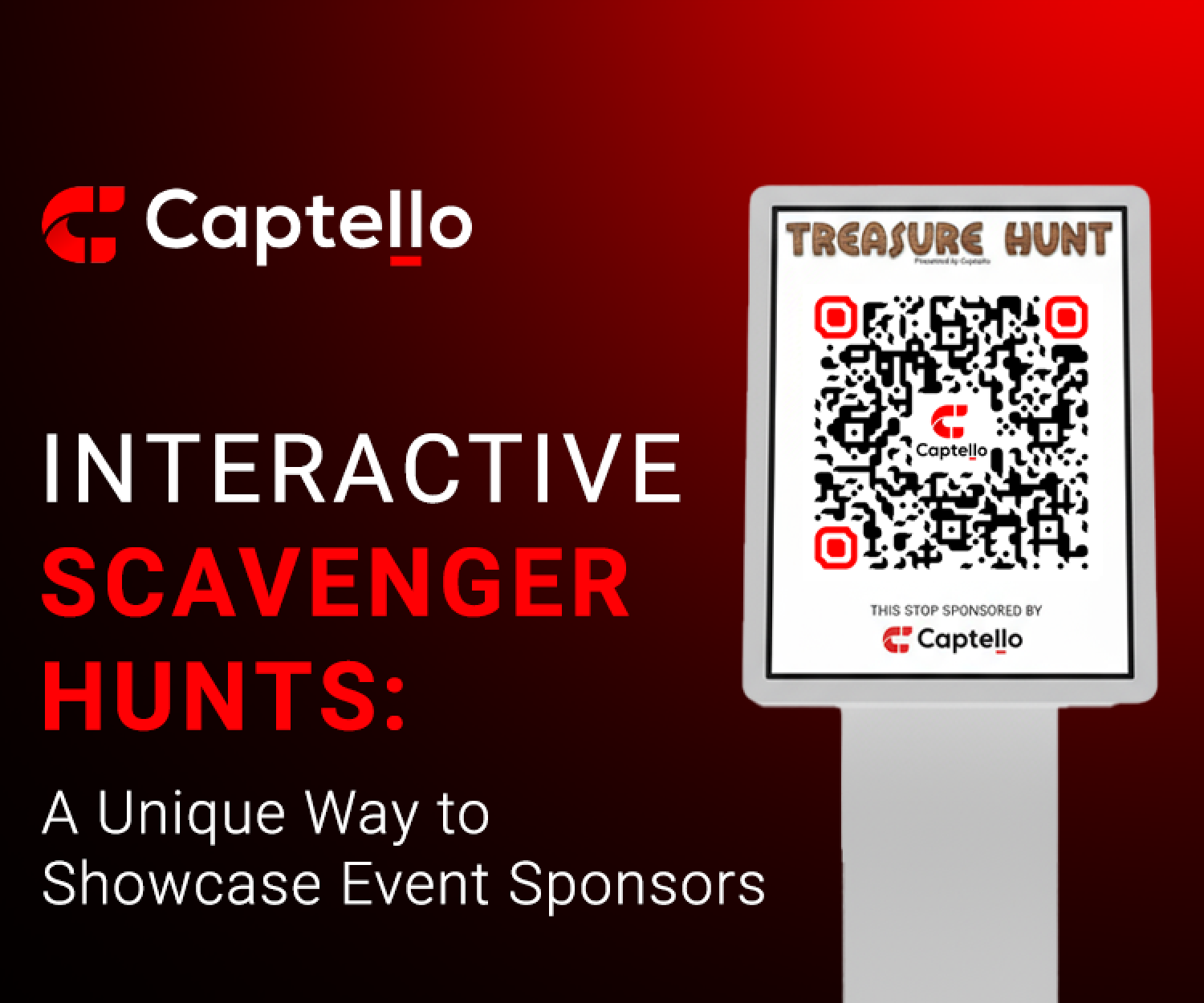After a successful event, whether it’s a trade show, conference, or networking function, the real challenge begins. You’ve connected with a wealth of potential leads and built relationships, but now comes the most important part: following up. With multiple prospects and conversations to manage, staying on top of every opportunity can feel overwhelming.
However, timely and effective follow-up is critical to turning those event connections into actual business. In this blog, we’ll explore the common challenges sales teams face after events and share actionable strategies to ensure your follow-up process doesn’t miss a single lead.
1. Don’t Wait Too Long to Follow Up
One of the biggest mistakes sales teams make after an event is waiting too long to reach out to leads. The excitement and momentum from an event can quickly fade, and delayed follow-up, leads may forget about the conversation they had with you.
A best practice is to follow up within 24-48 hours after the event. This keeps you top of mind while the event is still fresh in the lead’s memory. Whether it’s a quick email or a personalized message, the sooner you reach out, the better your chances are of reconnecting and moving the conversation forward.
Automating follow-up processes can help ensure that no lead is neglected. With tools like Captello, you can schedule and automate follow-up messages, ensuring that your outreach happens promptly, without relying on manual intervention. This automation not only ensures timely follow-up but also allows you to stay on top of leads consistently.
2. Segment Your Leads for More Effective Outreach
Events often bring together a mix of prospects, from those who are highly interested in your product or service to others who may just be curious or gathering information. Segmentation is key to ensuring that your follow-up efforts are tailored and effective.
Here’s how you can segment your event leads:
Urgent Leads:
These are the prospects who are ready to make a decision or are facing an immediate challenge that your solution can solve. For urgent leads, follow up as quickly as possible with a direct message addressing their needs and proposing next steps. This group deserves the highest priority, as they may convert faster than others.
Hot Leads:
These are the prospects who showed clear interest in your product, asked specific questions, or expressed an immediate need for a solution. For these leads, a direct and personalized follow-up message that addresses their specific pain points is crucial.
Warm Leads:
These are individuals who showed interest but didn’t necessarily signal that they were ready to make a purchasing decision. For these leads, you might want to send additional content that nurtures them, such as case studies, blogs, or educational materials.
Cold Leads:
These leads may not have been as engaged or may not have been a perfect fit for your services. For these, your follow-up could be more general, but leave the door open for future conversations.
By categorizing your leads in this way, you can ensure that you are crafting the right follow-up message for each lead type, rather than sending out generic, one-size-fits-all responses.
3. Leverage Event Data for Personalization
At events, you likely captured a wealth of valuable data—names, company info, key takeaways, interests, and more. To make your follow-up communications stand out, use this data to personalize your messages.
One of the unique features Captello offers through its Universal Lead Capture Forms is the ability to record entire conversations with voice notes. This means you can easily recall key discussions you had with leads, making your follow-up feel truly personal and tailored. Audio clips are automatically transcribed with 99.9% accuracy, giving you written transcripts of conversations that you can refer back to while crafting your follow-up.
Additionally, these voice transcriptions are seamlessly integrated into your CRM, so you’ll never have to worry about losing track of valuable details or forgetting key pieces of information from your conversations. With all your event data in one place, you can build highly personalized follow-up messages that speak directly to the prospect’s needs and concerns.
Another powerful feature of Captellos’ lead capture is the AI-assisted talking points that help streamline and elevate your follow-up process. AI analyzes the conversation content and automatically suggests relevant talking points based on the prospect’s interests and needs discussed during the event. This ensures that your follow-up is not only personalized but also highly relevant, significantly improving the chances of engagement.
For more insights on how AI-assisted lead capture is revolutionizing the way sales teams handle leads, check out our blog on Developing the World’s First AI-Assisted Universal Lead Capture.
4. Automate Follow-Ups with AI-Assisted Tools
While personalization is key, automation is your ally when managing multiple leads after an event. Automated post-event follow-ups save time and ensure that no lead is forgotten, allowing sales teams to focus on the most valuable opportunities.
With AI-assisted tools, you can set up automated workflows that send personalized messages at just the right time. The AI system recognizes lead behavior and engagement levels, triggering follow-up messages based on specific actions, such as opening an email or clicking on a link. Whether it’s an email, SMS, or even a task reminder to schedule a meeting, AI ensures that your follow-up happens consistently and on time.
This level of automation not only keeps leads engaged but also gives you real-time updates about how each lead is interacting with your communications. With real-time lead engagement insights, you can adjust your follow-up strategy to prioritize the hottest leads, improving your chances of conversion.
For a deeper dive into how automating follow-ups can increase conversion rates and keep leads engaged, read more in our blog Post-Event Follow-Ups: Convert Leads into Revenue.
5. Use Your CRM to Stay Organized
After an event, it can be challenging to keep track of all the new leads you’ve gathered. Without an organized system, it’s easy for valuable opportunities to slip through the cracks. That’s where having a solid CRM system in place becomes essential. By ensuring that all your event data flows directly into your CRM, you can stay on top of follow-ups and keep everything streamlined.
When your lead capture process is integrated with your CRM, you don’t have to worry about manually entering data or losing track of important details. Information flows seamlessly from the event into your CRM in real-time, giving your sales team immediate access to all the lead data they need. Whether it’s a scanned badge, a form submission, or a note from a conversation, everything is captured and ready to go.
This integration also gives your team full visibility into the status of each lead. You can quickly see which leads have been contacted, which are still in the follow-up process, and which are ready for the next step. It helps to eliminate the confusion of juggling multiple spreadsheets or systems, ensuring that everyone is on the same page and no lead is forgotten.
Incorporating a CRM into your follow-up strategy keeps everything organized and aligned, allowing your team to work more efficiently. Plus, it makes it easier to personalize your outreach based on the specific details captured during the event. Whether you’re sending a quick thank-you note or diving into a deeper conversation, you’ll always have the right context at your fingertips.
For a closer look at how CRM integrations can transform your lead capture and follow-up process, check out our blog How Captello Connects Directly to CRM for Instant Lead Capture and Sales Follow-Up.
6. Focus on Value-Driven Follow-Up
After an event, prospects often receive numerous follow-up messages from various companies. To stand out, make sure your follow-up isn’t just about your product or service—it should focus on providing value. Offer insights, share helpful resources, or provide tailored solutions that speak directly to the lead’s needs.
For example, if you spoke with a lead about a challenge they were facing during the event, your follow-up could include a relevant blog post, whitepaper, or case study that addresses that challenge. This value-driven approach shows that you are invested in solving their problems, not just pushing your product.
7. Nurture Relationships, Don’t Just Sell
Lastly, remember that the best follow-up strategy isn’t always the hard sell. Building long-term relationships should be your priority. Even if a lead isn’t ready to buy right away, staying engaged with them over time can keep the door open for future opportunities.
Engage with your leads via regular, non-sales emails, such as sending them event highlights, industry news, or even personal updates that might interest them. By nurturing these relationships, you’ll position yourself as a trusted advisor, making it more likely that they’ll return to you when they’re ready to make a purchasing decision.
Following up after an event is one of the most critical steps in turning connections into sales. By prioritizing your leads, using technology to stay organized, and ensuring your messages are personal and value-driven, you can create a seamless follow-up process that maximizes your event ROI. Whether you’re dealing with hot, warm, or cold leads, the right follow-up strategy will ensure that no opportunity is left behind. Stay proactive, stay organized, and above all—make every lead feel like a priority.

